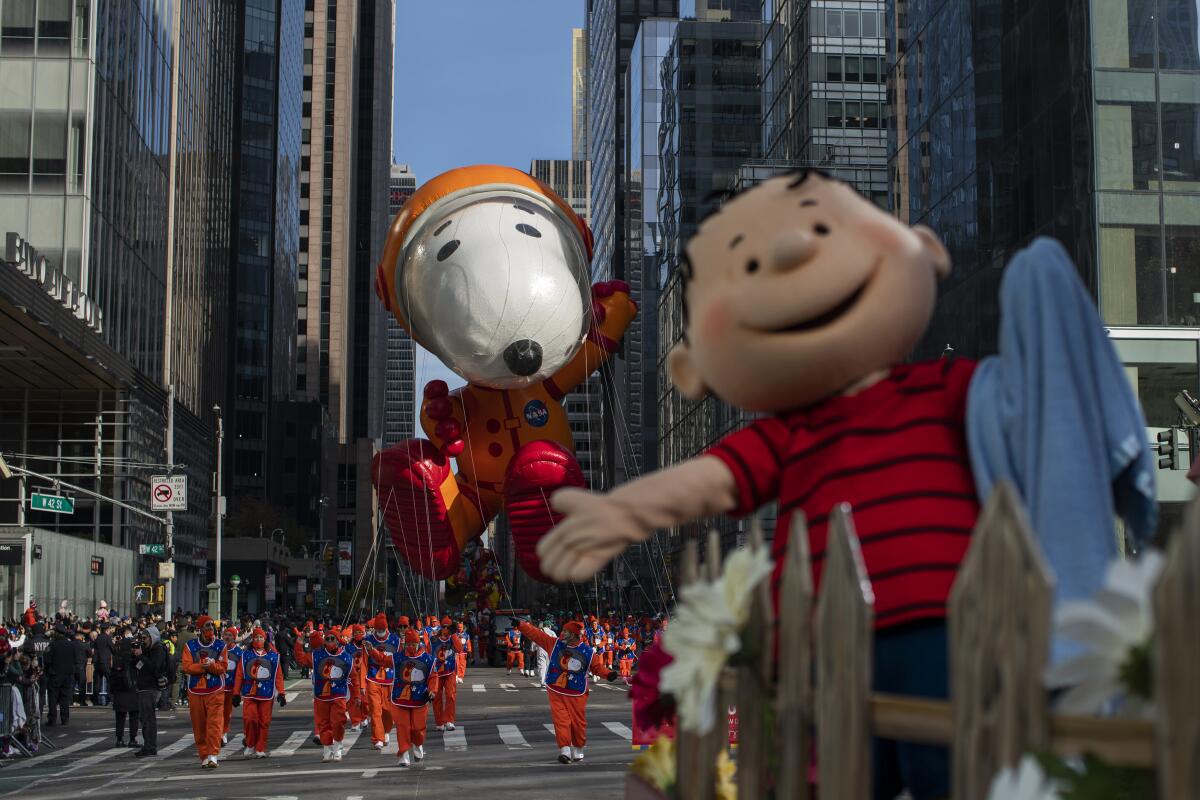Maduro channels Bolivar, urges defense against U.S. ‘aggressors’

Nov. 26 (UPI) — Venezuelan President Nicolas Maduro donned military fatigues, wielded Simon Bolivar’s sword and urged Venezuelans to defend the nation against U.S. aggression during a rally in Caracas.
Maduro held the rally in Caracas on Tuesday to commemorate the 200th anniversary of the nation’s liberation and told attendees that it is their duty to oppose foreign aggressors in the manner of Venezuelan hero Bolivar, who led a successful revolt against the Spanish, The Guardian reported.
The rally was held in response to the Trump administration’s military strikes against alleged drug traffickers and the deployment of the USS Gerald R. Ford Carrier Strike Group in the Caribbean Sea near Venezuela.
“We have to be capable of defending every inch of this blessed land from any sort of imperialist threat or aggression, wherever it comes from,” Maduro said while holding Bolivar’s unsheathed sword in his right hand.
“I swear before our Lord Jesus Christ that I will give my all for the victory of Venezuela,” Maduro said.
The U.S. military has killed more than 80 while carrying out more than 20 aerial strikes on small vessels said to carry illicit drugs destined for the United States and Europe over the past four months, according to Time.
President Donald Trump also has accused Maduro of being a drug trafficker and a leader of the Cartel de los Soles, which the Trump administration on Monday designated as a foreign terrorist group, along with the Venezuelan gang Tren de Aragua, which infiltrated the United States during the Biden administration.
The United States has placed a $50 million bounty for information leading to Maduro’s arrest, and Trump has authorized the CIA to operate in Venezuela.
He also has threatened to drop leaflets over Venezuelan cities to encourage a revolt against Maduro, who has been accused of claiming victory in the nation’s 2024 presidential election despite exit polling strongly suggesting he lost.
Iranian Foreign Minister Abbas Araghchi on Wednesday accused the United States of “bullying” Venezuela and expressed support for the nation and Maduro.
Iranian leaders have accused the Trump administration of trying to destabilize the governments of Iran and Venezuela and maintain close ties with Maduro and Venezuela.
The tensions between the United States and Venezuela prompted a cautionary notice regarding international flights in the region from the Federal Aviation Administration.
Many international airlines have canceled flights to Venezuela, which has some travelers stranded in Caracas.



